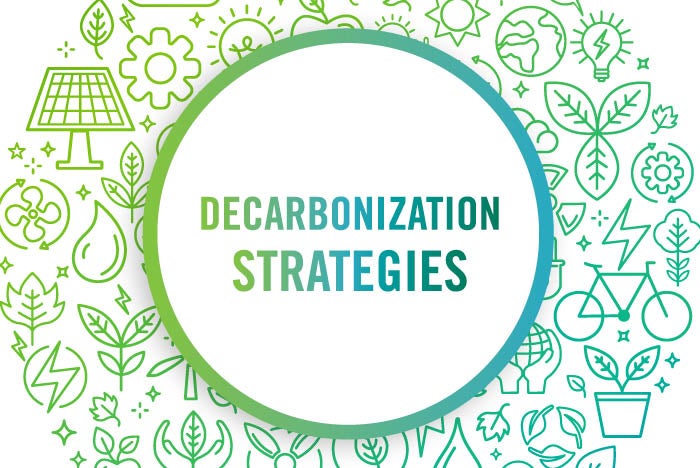Health care’s important influence on environmental equity issues
An unhealthy environment does not affect everyone equally. Wealthier people, to some extent, can dodge the worst effects of environmental problems, while people without means experience the full brunt of those problems. That difference is called “environmental inequity,” and one role of the health care field’s journey to sustainability is lessening that inequity.
“We know that the populations that suffer the health impacts of climate are the most poor and vulnerable,” says Brian Chesebro, M.D., medical director for environmental stewardship at Providence Health & Services in Portland, Ore. “Listening to and engaging these communities to understand what they’re facing and how the climate or the environment is impacting them is critical to our environmental justice mission.”
Andy Woommavovah, CHFM, director of capital project management at Trinity Health in Livonia, Mich., and a member of the American Society for Health Care Engineering (ASHE) Sustainability Task Force, explains that “because all greenhouse gases contribute to global warming, and global warming is directly connected to air quality, drought, wildfires and extreme heat, these factors are now considered threat multipliers, and these problems will further impact vulnerable populations, including the elderly, low income, disabled, pregnant women, children and individuals with preexisting conditions.”
Inequity issues go beyond the direct effects of climate change, notes Kara Brooks, LEED AP BD+C, senior associate director of sustainability for ASHE. For example, she explains that the cost of utilities, which can be directly affected by overuse by certain parties, affects underprivileged families more than it affects those with means. Taking measures to conserve energy can indirectly assist families in this regard.
Mark Howell, senior associate director for hospital standards and drug policy for the American Hospital Association, notes that the Office of Climate Change and Health Equity, which is part of the federal Department of Health & Human Services, aims to close the health equity gap by using regulatory levers. How that will happen is not yet known, but it could involve allowing hospitals to spend more of their community benefit dollars on decarbonization or other sustainability issues.
“During conversations on the Hill, there was a lot of talk about climate change provisions and the potential levers the federal government can pull to make sustainability in health care more forceful,” Howell says. “[The Centers for Medicare & Medicaid Services] has a request for proposal on health equity and climate change and how it relates to health plans, so we know there is interest in the administration about this.”




